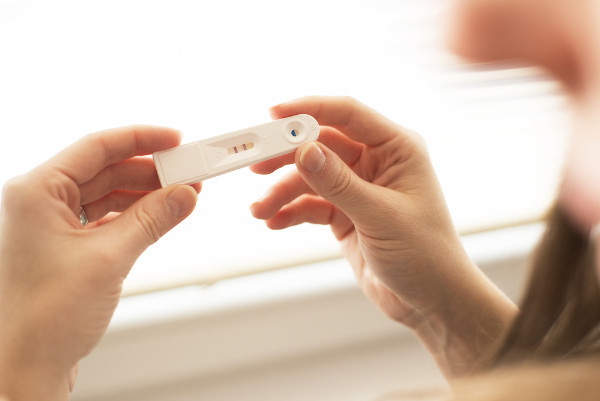Sexually transmitted diseases (STDs) are a serious public health concern, affecting individuals worldwide. Routine STD testing is a crucial component of preventive healthcare, allowing for early detection, timely treatment, and the prevention of further transmission. In this article, we delve into the components of standard STD testing, providing insights into the key tests typically included in a comprehensive screening.
- HIV Testing:Human Immunodeficiency Virus (HIV) is a virus that attacks the immune system, leading to acquired immunodeficiency syndrome (AIDS) if left untreated. HIV testing is a cornerstone of standard STD screening, often conducted through blood tests that detect the presence of HIV antibodies or antigens. Early detection is vital for effective management and treatment.
- Syphilis Testing:Syphilis is a bacterial infection that can progress through various stages if untreated. Syphilis testing is commonly performed using blood tests, aiming to identify antibodies or antigens associated with the bacterium Treponema pallidum. Timely detection and treatment are essential to prevent complications.
- Chlamydia Testing:Chlamydia is a common bacterial infection that can affect the genital, rectal, and throat areas. Testing for chlamydia often involves urine tests for men and women or swab tests for women, collecting samples from the cervix. Early detection and treatment are crucial to prevent complications such as pelvic inflammatory disease (PID) and infertility.
- Gonorrhea Testing:Gonorrhea, caused by the bacterium Neisseria gonorrhoeae, is another common bacterial infection. Testing methods for gonorrhea include urine tests for both men and women and swab tests for women. Early detection and treatment are essential to prevent the spread of the infection and potential complications.
- Herpes (HSV) Testing:Herpes Simplex Virus (HSV) can cause painful sores or blisters in the genital or oral areas. HSV testing may involve swab tests of the affected area or blood tests to detect antibodies. Although there is no cure for herpes, antiviral medications can manage symptoms and reduce the frequency of outbreaks.
- HPV Testing:Human Papillomavirus (HPV) is a group of viruses that can lead to genital warts and, in some cases, cervical cancer. HPV testing may involve Pap smears for women to detect abnormal cell changes in the cervix or HPV DNA tests. Vaccination against certain high-risk HPV strains is also available for prevention.
- Hepatitis B and C Testing:Hepatitis B and C are viral infections affecting the liver. Testing for hepatitis often involves blood tests to detect viral antigens or antibodies. Early detection is crucial for managing these infections and preventing long-term liver damage.
- Trichomoniasis Testing:Trichomoniasis is a common parasitic infection that can affect the genital and urinary tract. Testing for trichomoniasis may involve swab tests or urine tests to detect the presence of the parasite Trichomonas vaginalis. Timely detection and treatment are important for preventing complications and transmission.
- Bacterial Vaginosis (BV) Testing:Bacterial vaginosis is an imbalance of bacteria in the vagina that can lead to discomfort and an increased risk of other infections. Testing for BV typically involves a swab test to assess the vaginal pH and the presence of certain bacteria.
Conclusion:
Standard STD testing encompasses a range of tests targeting common sexually transmitted infections. The comprehensive nature of these tests allows healthcare professionals to identify infections early, provide timely treatment, and prevent the spread of diseases. Regular STD screening is a proactive step in maintaining sexual health and well-being. Individuals should consult with healthcare providers to determine the most appropriate testing regimen based on their sexual history, risk factors, and individual circumstances.
